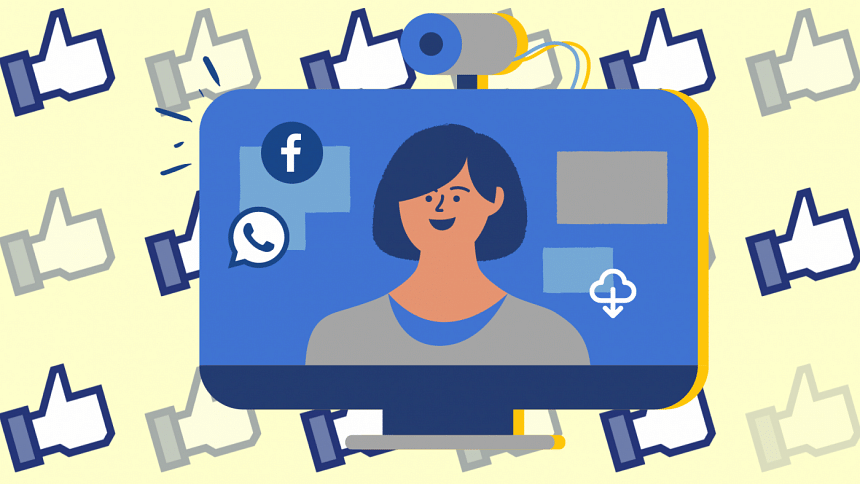How social media shaped my teaching experience

I
My introduction to social media happened in August 2007. My childhood friend, Abhijit Chowdhury – Mithu – visited and gave me a "Facebook tutorial".
Looking back, 2007 seems a generation ago. Facebook was in its infancy competing with Orkut and Myspace. During that competition, Facebook was defining the social media landscape, making it an integral part of our lives across generations as it has become today.
Before social media, I could electronically communicate with my students, via emails. However, internet access was not as good as it is today. Google Drive was not available till 2012. Sending large files in a single email was a fiddle; most email portals did not have the capacity. Facebook did have Groups in 2007. The groups in those days did not have the features of adding files and videos.
All this constrained collaborative learning. Learning was within the classroom only.
II
As internet access became easy and Facebook became the all-in-one platform in social media, it was possible to keep up with my students. Soon, Facebook would be connected directly with Messenger, Instagram and WhatsApp, broadening its dimensions.
Parallel to this development, other databases started to develop. Specialised search engines for reference texts also began emerging. This was the missing link. Sharing links to and from other platforms became easy. Mobile phones developed, and became affordable. Internet access in Bangladesh started to take its present form.
By 2012, Facebook Groups were ready to be used as a platform for collaborative learning. This led to a new experience for myself as an educator.
III
When it comes to tech, I observe and/or discuss with young people. Today's youth are a step ahead of us. If you treat them like adults, they respond like adults.
There are shy students in class who won't ask questions. With Facebook Groups, all students started asking questions. Discussions became collaborative. When you write in text, you tend to think before writing. I could identify where my gaps were in a particular course. All of a sudden, the students and I were interacting intellectually. I was learning the ins and outs of different platforms from my students.
When the pandemic struck, Zoom, Google Meet, Facebook Live and others became the "new normal" platforms. I never liked online classes, but they opened a window none of us knew was possible. Social media went a few steps ahead. Different platforms could be synchronised.
As universities open up, hybrid classes – if they can be well-planned, executed, and monitored – hold a prospect in shaping teaching in our universities, colleges, and schools in the future.
IV
All technology is a double-edged knife. One edge heals, while the other can cause damage if not managed properly. The proliferation of social media has become integral to our lives during the pandemic. It has made large-scale cooperation possible.
At the same time, it has been intrusive on our privacy and mental health. We need to find that fine border line that divides technology from creation and destruction.
Asrar Chowdhury is a professor of economics. He follows Test cricket, listens to music, and spins Vinyls when he has free time. Email: [email protected] or [email protected]

 For all latest news, follow The Daily Star's Google News channel.
For all latest news, follow The Daily Star's Google News channel. 








Comments